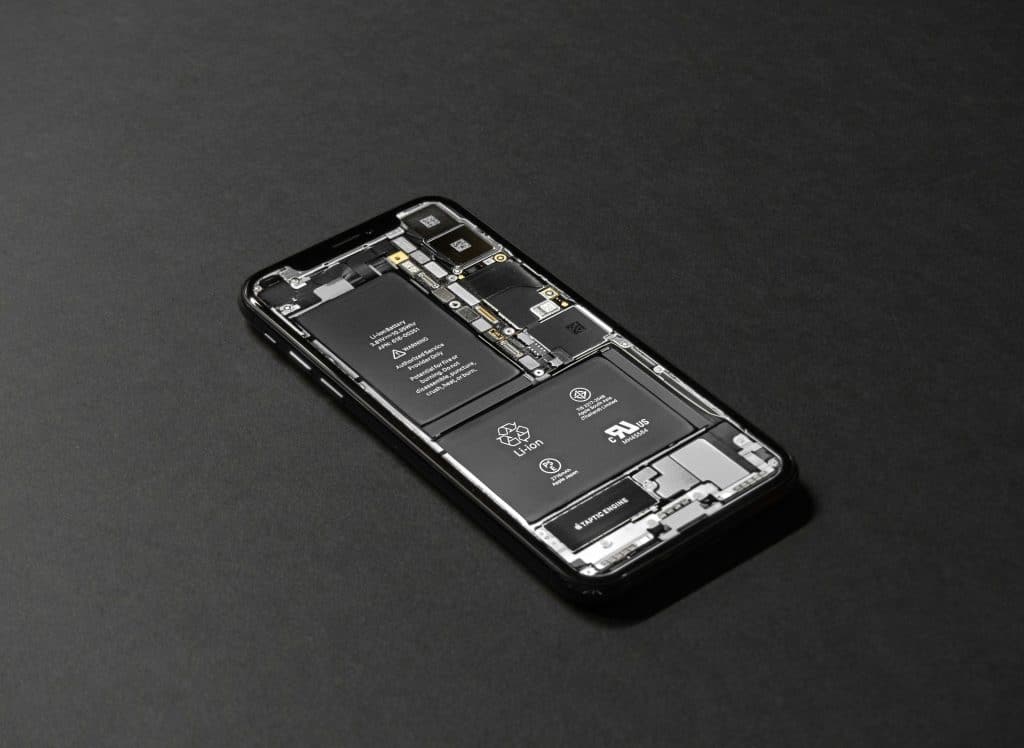On July 24, 2024, it was reported that Apple intends to use its own 5G modems in two iPhone models slated for release in 2025. This marks a significant acceleration from the previously expected timeline, which predicted Apple would continue to use Qualcomm modems until 2027. The decision reflects Apple’s ongoing ambition to control more of its hardware ecosystem.
Renowned Apple analyst Ming-Chi Kuo revealed that Apple plans to introduce its proprietary 5G modems in one high-end and one low-end iPhone model in 2025. These models include the next iteration of the iPhone SE, expected in early 2025, and a new flagship iPhone 18 Pro, projected for late 2025. This mix of high and low-end models utilizing Apple’s modems signifies a significant step in their modem development capabilities.
Apple’s journey towards developing its own modems began in earnest in 2019 with the acquisition of Intel’s modem patents for $1 billion. This strategic purchase was aimed at reducing Apple’s dependence on Qualcomm and accelerating the development of in-house modem technology.
Despite the ambitious goals, Apple has faced numerous challenges in developing its own 5G modem technology. The complexity of creating a reliable, high-performance modem that meets Apple’s stringent standards has led to delays and setbacks. However, the reported 2025 timeline suggests that significant progress has been made.
Strategic Implications
By developing its own modems, Apple aims to achieve tighter integration between hardware and software, potentially leading to improved performance and efficiency. This move also allows Apple to better control its supply chain, reducing dependency on external suppliers.
Producing its own modems could lead to cost savings in the long run, although the initial investment and development costs are substantial. These savings might eventually be passed on to consumers or could be used to enhance profit margins.
While the integration of Apple’s own modems into its devices is a significant milestone, the transition is fraught with potential technical challenges. Ensuring the new modems match or exceed the performance and reliability of Qualcomm’s offerings will be crucial to maintaining consumer trust.
Consumer response to the new modems will be closely watched. Any performance issues or connectivity problems could impact Apple’s reputation and market share. Conversely, successful integration could further solidify Apple’s dominance in the smartphone market.
Qualcomm’s Perspective
Losing Apple as a major customer for its modems could have a notable financial impact on Qualcomm. The company has been a key supplier to Apple for many years, and this shift could lead to a significant revenue loss.
Qualcomm may need to diversify its customer base and seek new partnerships to mitigate the impact of losing Apple. Additionally, the company could invest in new technologies and innovations to stay competitive in the evolving market.
Apple’s move to develop its modems is part of a broader strategy to expand the use of in-house components across its devices. This trend is likely to continue, with Apple potentially developing other critical components in-house to further enhance integration and performance.
Apple’s decision could set a precedent in the smartphone industry, prompting other manufacturers to explore similar strategies. This shift towards greater self-reliance could lead to increased innovation and competition in the market.
Apple’s reported decision to drop Qualcomm modems from two of its 2025 iPhone models is a bold move that underscores the company’s commitment to innovation and control over its technology. While challenges remain, this step could pave the way for more integrated, efficient, and potentially cost-effective iPhones in the future. As Apple continues to push the boundaries of what is possible, the tech world eagerly awaits the next chapter in this unfolding story.
